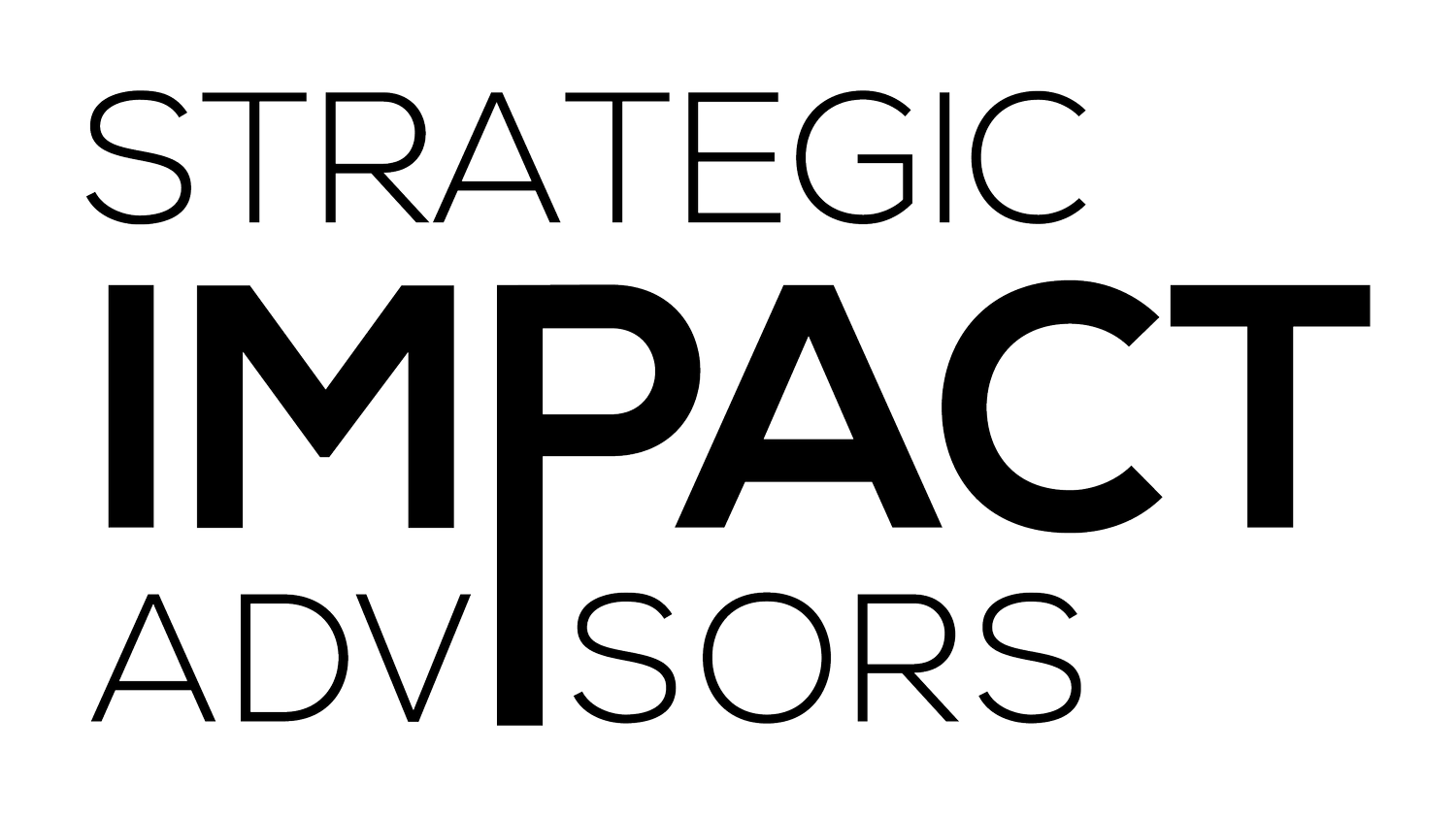Reflections on the 2021 Global Findex
In June, the World Bank released its latest update of the Global Findex Database since 2017. We finally have global data that account for the impact of COVID-19 in accelerating digital account opening and payments.
Truly remarkable global gains have been made over the past decade. A 50% growth in account ownership and a narrowing of the global gender gap to 4% (and a drop from 9% to 6% in developing economies) are certainly worth celebrating.
From 2017 to 2021, account ownership rates increased in 89 countries. 17 countries saw a decrease in account ownership.
More countries saw a decrease in the gender gaps in account ownership. Economies across each continent have made progress in reducing the gender gap.
We also need to keep working.
Women are still more likely to not have mobile phones, to live farther from bank branches, and to need support using digital financial services.
We have been testing different ways to close the smartphone ownership gap, in partnership with NetHope and Visa, Inc., and believe that a variety of approaches will be needed, from offering financing, to lowering device costs, to providing subsidies.
Read: 5 learnings for connecting women to smartphones
Findex data also underscores why our work providing open source digital financial literacy tools to build women’s confidence and capabilities remains so important.
The percentage of people who can use a mobile money account without help, including from an agent, remains low. Only a handful of countries in Sub-Saharan Africa stand out as having higher percentages of the population with mobile money skills.
Two-thirds of unbanked adults say they would not be able to use a financial account without help. In Sub-Saharan Africa, one in three mobile money account holders say they need help to use their account, and women are five percentage points more likely than men to need assistance.
The Findex data also confirm what we have long believed: that digitizing agriculture payments can increase financial inclusion. According to the Findex, digitizing agriculture payments could increase financial inclusion by 10% in Sub-Saharan Africa, on average (and up to 30% in South Sudan, 24% in Sierra Leone, and 16% in Guinea, Nigeria, and Togo). Findex data on Kenya show that adults receiving agriculture payments into their mobile money accounts not only received those payments but also made digital payments and stored, saved, or borrowed money.
One thing that has not changed since the last Findex update is that rural areas are often the last to be financially served, due in part to infrastructure challenges (like reliable electricity). To help overcome these barriers, we're working to help Digital Frontiers Institute and CGAP build a course on rural CICO agents and with the World Bank to develop tools for policymakers to build an enabling environment for PAYG off-grid solar.
While 10 years can feel like a long time in career terms, it is not a long time for behavior change. Findex data show how much we have accomplished — and give us the encouragement we need to keep at it.

